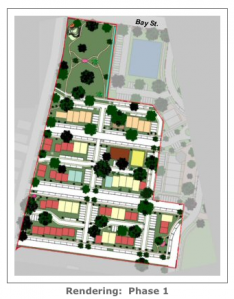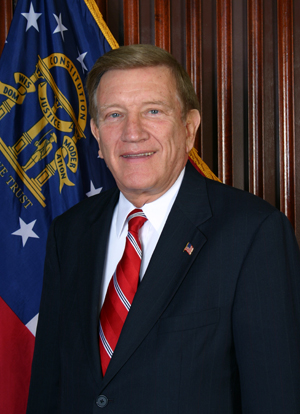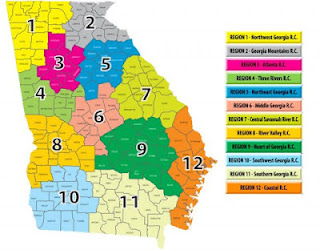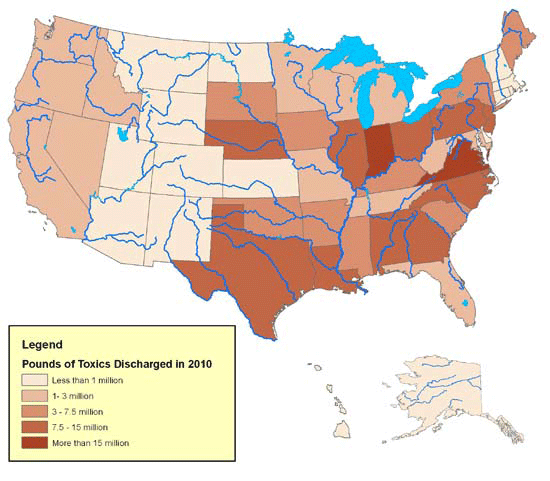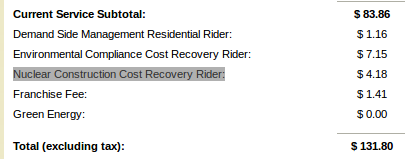IKEA has already deployed more solar power than Southern Company, and plans almost as much as SO’s total planned solar generation. Remind me, which one is the energy company? Maybe we need to elect people who will remind Southern Company and Georgia Power.
Remember Southern Company bragged earlier this month about its first big solar project coming online, 1 megawatt in Upson? IKEA plans to install that much solar in Atlanta this year on top of its furniture store:
Atlanta, Georgia: With a store size of 366,000 square feet, ft2 (~34,000 square metres, m2) on 15 acres (~6 hectares), the solar program will use 129,800 ft2 (~12,060 m2) at 1,038 kilowatts (kW) with 4,326 solar panels generating 1,421,300kWh/year. This is equivalent to reducing 1,080 tons of carbon-dioxide (CO2), 192 cars’ emissions or powering 122 homes.
IKEA plans more than that in Savannah, 1.5 megawatts:
Savannah, Georgia Distribution Centre: With a size of 750,000 ft2 (~69,700 m2) on 115 acres (~46.5 hectares), the solar program will use 187,500 ft2 (~17,400 m2) at 1,500kW with 6,250 solar panels generating 2,029,500kWh/year. This is equivalent to reducing 1,542 tons of CO2, 274 cars’ emissions or powering 175 homes.
Sure, but Southern Company already did it first, right? Nope, IKEA already powered up a megawatt in Houston, and already had some in Frisco and Round Rock, Texas, making IKEA already the largest solar owner in Texas.
As Kirsty Hessman put it in Earth Techling 8 December 2011,
They don’t call it the Sunbelt for nothing, and Ikea plans to take full advantage of the salubrious solar situation down South.
That was when IKEA was planning the Houston, Frisco, and Round Rock, Texas solar installations. Half a year later, they’re up and running. When will your new nukes be finished (if ever), Southern Company?
But back to solar. According to IKEA PR 9 July 2012, IKEA plans 38 MW of solar:
Continue reading